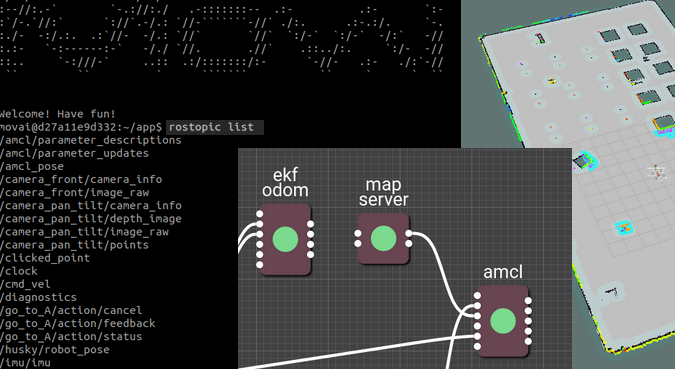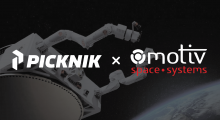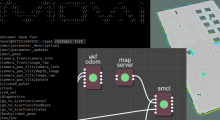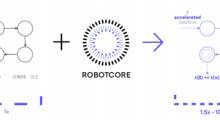MOV.AI today announced the beta release of Flow, a visual integrated development environment, or IDE, designed specifically for software based on the Robot Operating System, or ROS. It is intended to allow roboticists to start using ROS quickly and easily, said the Tel Aviv, Israel-based company.
The open IDE provides a visual representation of ROS projects for simple and intuitive development, claimed MOV.AI. “Flow makes it easier to import assets, reduces configuration and integration work, speeds up debugging, and makes it easy to port projects across environments, and share with the community,” it said.
MOV.AI's Robotics Engine Platform is based on ROS and includes a Web-based interface. The company said it provides manufacturers and integrators with all the tools needed to build, deploy, and operate autonomous mobile robots (AMRs). It raised $8.2 million last month.
MOV.AI Flow to help non-experts
In addition to its Robotics Engine Platform, MOV.AI is offering Flow as a way to bridge the gap between academic research and commercial development.
“Robotics is an exciting field that ignites the imagination of millions, but robot development is complex, and there are very few development tools that simplify it,” said Limor Schweitzer, founder of MOV.AI and a longtime robot enthusiast. “ROS is a great development foundation that is constantly evolving, but it was built for expert robotics researchers.”
“The coding style and intro demos in C++ and Python are sometimes too big a hurdle for robot enthusiasts outside of academia,” he noted.
“We built a platform that bridges the gap between human imagination and its realization,” Schweitzer added. “MOV.AI Flow helps non-experts visualize the numerous different elements that make up a robot and the logic of how to build robot behavior.”
“We are sharing it with the ROS community so that non-experts can use it effectively from Day 1 to realize their ideas,” he said. “Our vision is that high school students, robot enthusiasts in their garage, and experts will all be able to improve our lives with the help of robots.”
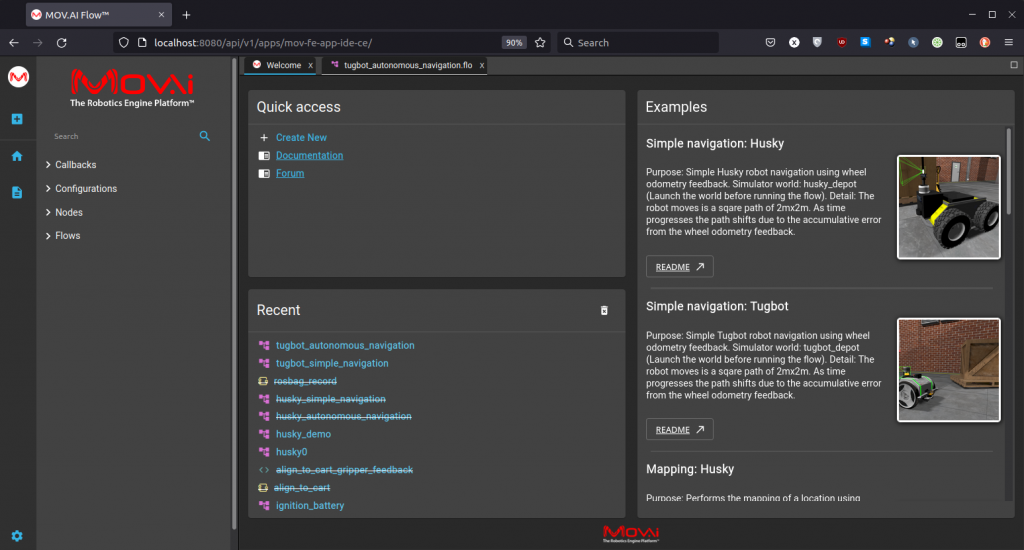
Flow grows out of internal ROS efforts
“MOV.AI Flow was initially developed by the MOV.AI team as a byproduct of working with ROS to develop robots and robot software,” said Motti Kushnir, CEO of MOV.AI. “As they worked on their projects, they also built tools to make their lives easier.”
“We decided not to leave it at that, but to pay it forward to the larger robotics community,” he explained. “We took the separate, ad hoc tools and further developed them into a full-blown visual IDE that can be used by almost anyone to develop a robot.”
In the spirit of ROS, the tool is completely free, and the source code is now available on GitHub under a source-available license. The license allows developers to use the Flow code freely and adapt it to their needs, including developing commercial products, with minimal exclusions.
MOV.AI listed the following capabilities of the Flow beta:
- A visual ROS editor with a visual representation of robot behavior, drag-and-drop editing capabilities, and support for both existing and new ROS projects
- Built-in visual state machine and node orchestration
- Callback editor for multi-protocol event-handling
- Visual debugging both during simulations or in runtime
- Configuration editor for easy viewing and editing of parameter files
- Out-of-the-box integration with the ROS ecosystem
- Easy porting into a runtime environment or for sharing with others in the ROS community
“We want to make robotics accessible to the masses,” said Schweitzer in a blog post. “Our Flow project launching today is a tool that will allow many people to interact with robots and simulations.”
We hope that through using MOV.AI Flow, we will advance the world of robotics, both commercial and educational,” he concluded. “MOV.AI Flow lets a wider creative audience exploit the robotics-related hardware, that is gradually being commoditized, and contribute to the inevitable evolution of autonomous helpful robots.”
Article topics
Email Sign Up

